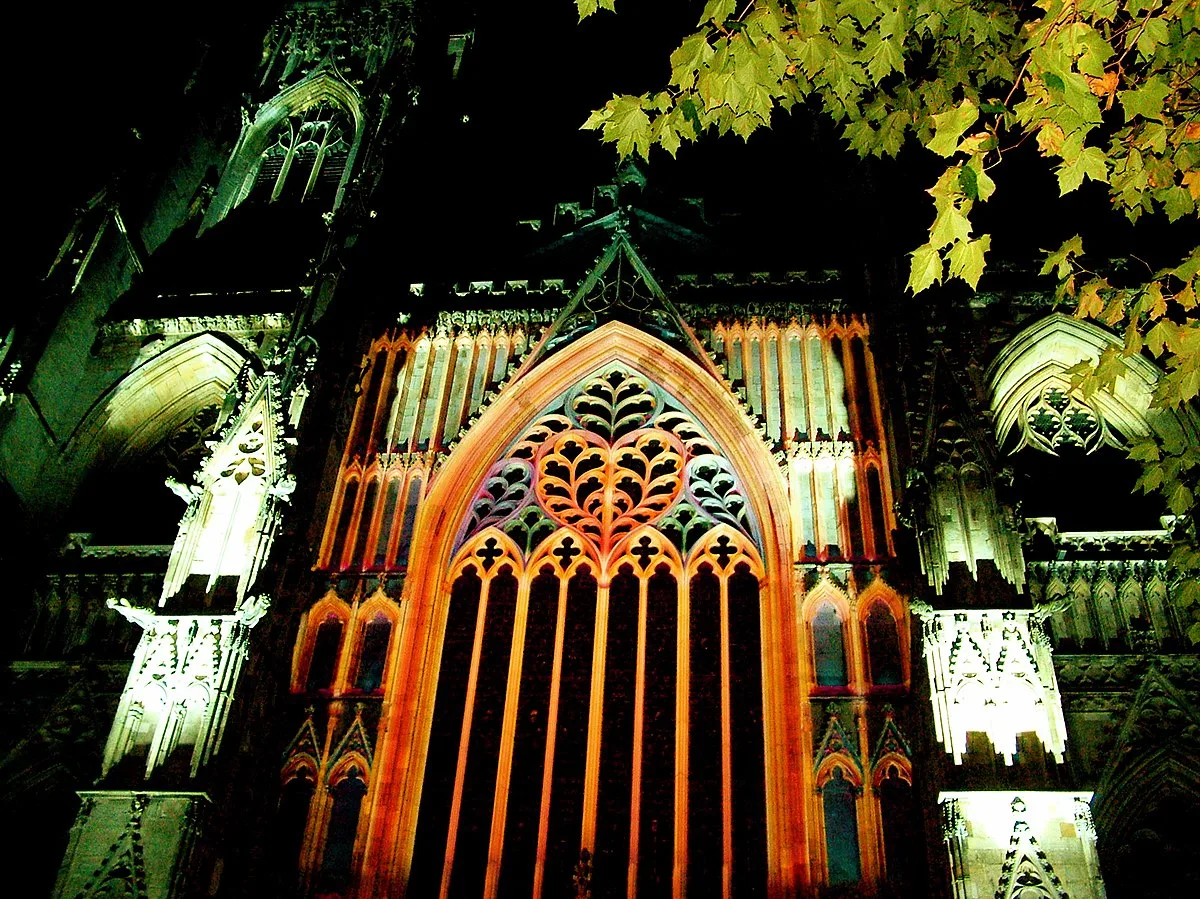One of the most fabulous churches in the world is located in the northeast of England.
In this post, you’ll discover the ultimate list of interesting facts about York Minster, a remarkable Gothic cathedral.
1. The first church in York was built in the year 627
The history of Christianity in York goes back to Roman times when the bishop of York was invited to the council of Arles in the year 314. There’s no evidence of a church in Roman York, though, until the 7th century. Roman Emperor Constantine the Great was reportedly baptized at York, a town the Romans called Eboracum back then.
The first church in York (that we know of) was constructed in the year 627. It was a wooden structure with the sole purpose of baptizing King Edwin of Northumbria.
The first stone church was built shortly after by King Oswald of Northumbria and was dedicated to Saint Peter. This original church was completed in the year 637 and also included a school and a library which were some of the largest in Northern Europe at the time.

2. A Norman-style church preceded York Minster in the 11th century
A rather impressive church with 30 altars was built on the site after the original church was destroyed by a fire in the 8th century. This church was eventually destroyed by William the Conqueror during his attempt to gain control of the north of England in the late 1060s.
By the year 1080, a new church was being built on a massive scale for the time. It was built in the Norman architectural style and had a total length of 111 meters (364 feet).
The crypt of the current church was remodeled in the year 1154 and is one of the most prominent remaining features of this construction period.
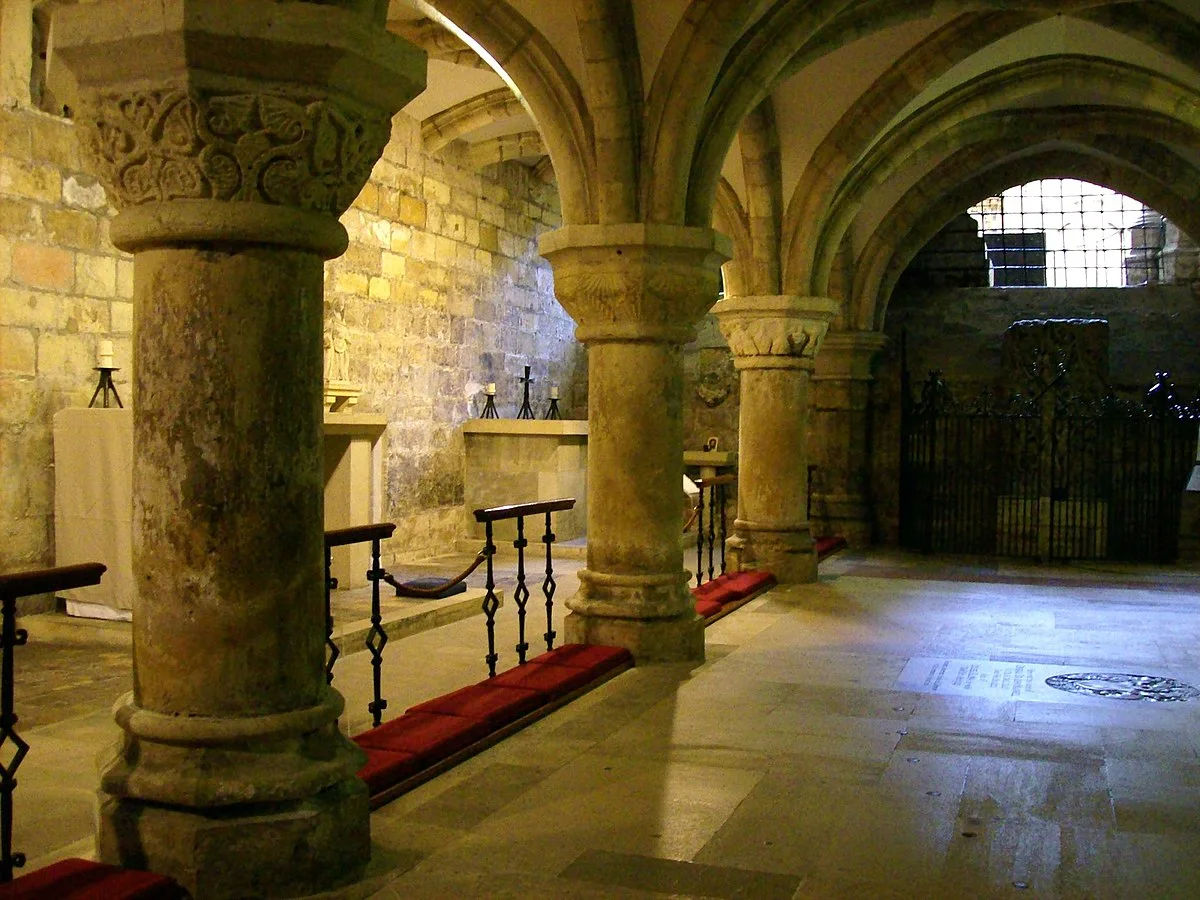
3. The Gothic Cathedral is one of the largest in Northern Europe
When Walter de Gray was made Archbishop of York in the year 1215, plans were made to construct a Gothic church. The idea was to build a more impressive church than the Cathedral of Canterbury, not an easy task by any means.

The construction of the Gothic cathedral started in the year 1230 and continued until 1472.
One of the most amazing facts about York Minster is that it’s still the second-largest Gothic cathedral in Northern Europe after Cologne Cathedral and the largest Gothic cathedral that was constructed entirely during the Gothic period (Cologne Cathedral was only completed in 1880).
It has some dazzling stats as well:
- Length: 159.9 meters (524.5 feet)
- Width: 68 meters (222 feet)
- Nave Height: 30 meters (99 feet)
- Number of towers: 3
- Central tower height: 72 meters (235 feet)
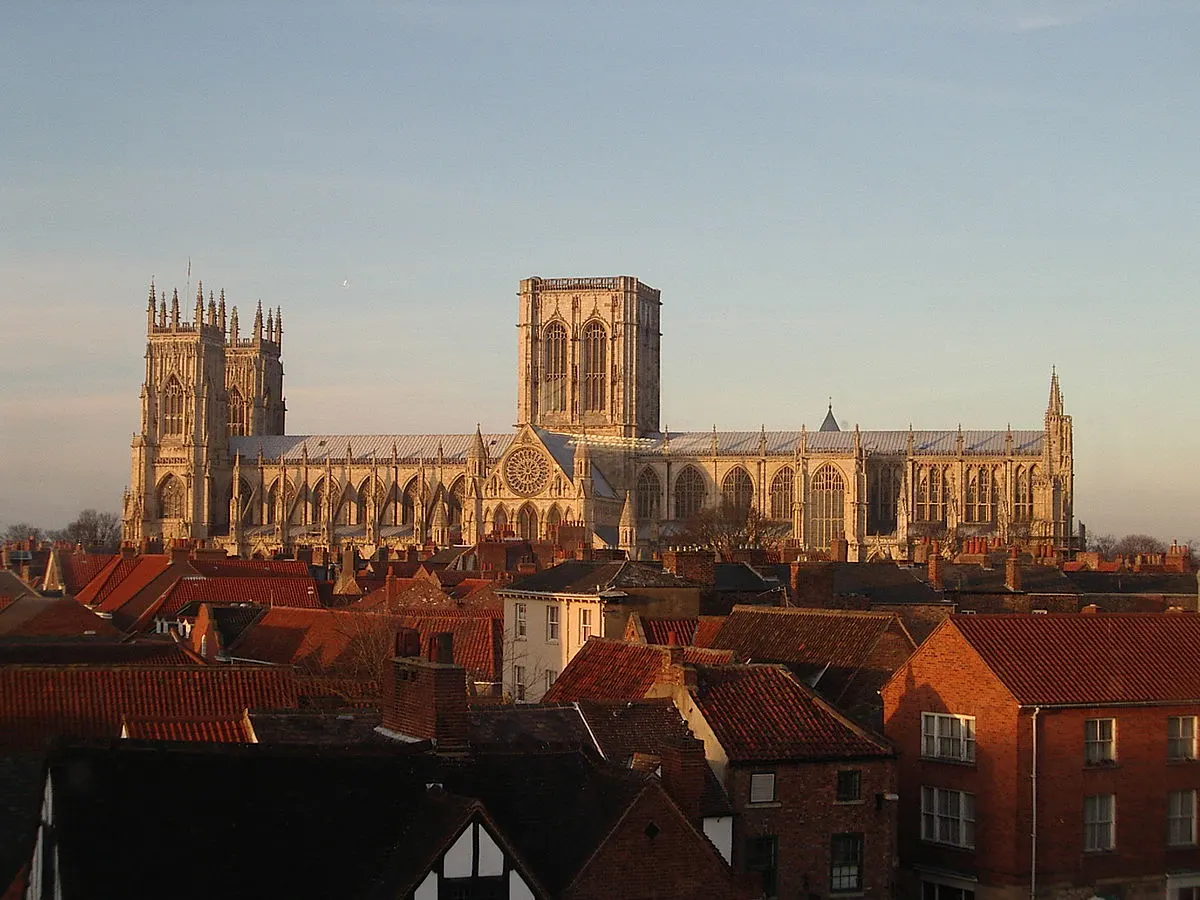
4. York Minster was seriously damaged during the English Reformation
The English Reformation of the 15th century wasn’t a good period for churches all across England. Churches were looted and treasures referencing Roman Catholicism were destroyed in an attempt to break away from the authority of the Pope and the Roman Catholic Church in general.
Many of the altars were destroyed, as well as stained-glass windows. Fortunately, the cathedral was, for the most part, spared during the English Civil War (1642-1651) with the help of Thomas Fairfax, even though York was besieged.
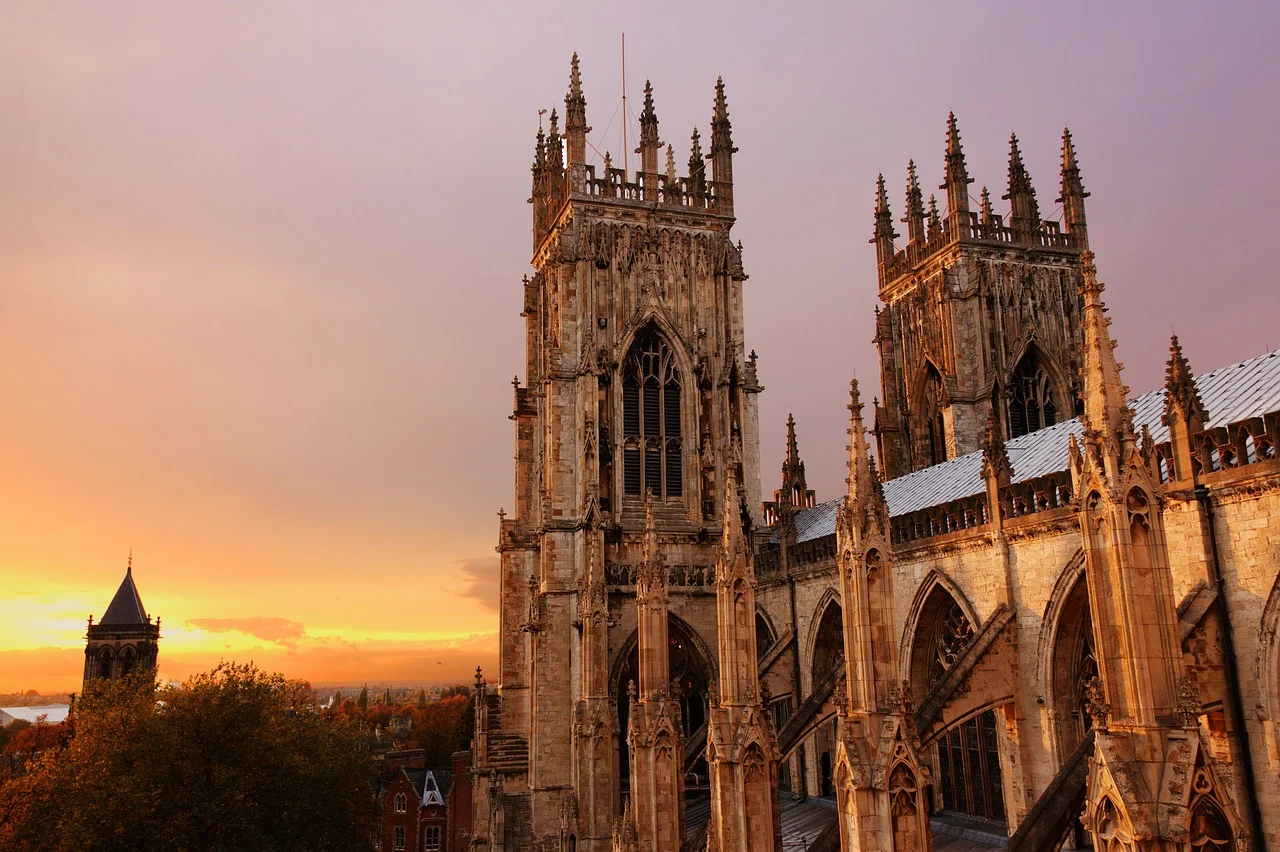
5. The Chapter House dates back to the 13th century
One of the most remarkable structures of York Minster is the octagonal Chapter House, an additional room that was built against the northern transept.
Construction of the amazing-looking Chapter House started in the 1260s and was only completed in the year 1296. It’s considered to be a prime example of the Decorated English Gothic architectural style that features windows with geometric patterns that are wider than the early period.
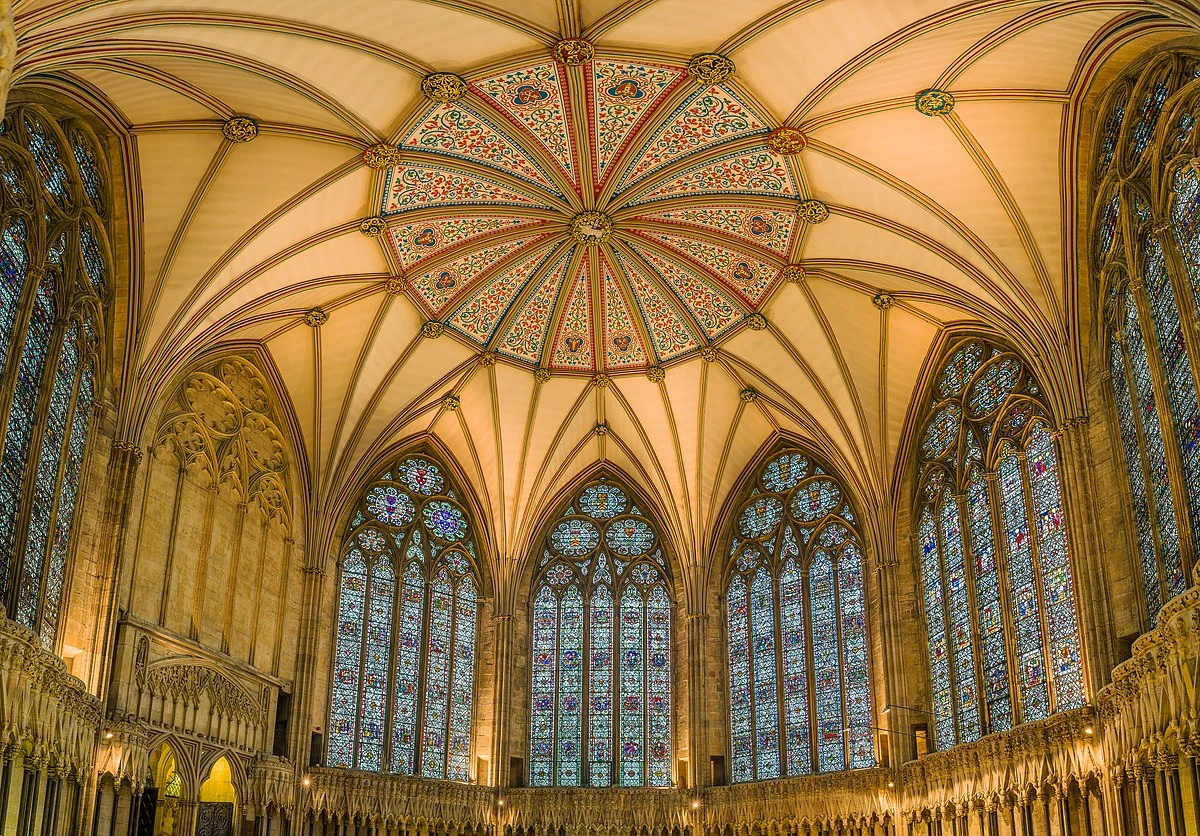
6. The marvelous marble floor of York Minster dates back to the 1730s
The interior of York Minster features the widest nave of any Gothic church in England and the church has a wooden roof that was painted to appear like it was made of stone.
The nave was actually built on top of the Norman foundations which indicates how large the original church really was. The patterned marble floor was installed between 1730 and 1736.

7. £23 million was spent to restore the church between 2007 and 2018
York Minster has suffered from multiple fires during its history. One happened when arsonist Jonathan Martin set fire to the eastern part of the church on February 2, 1829, causing heavy damage to that section of the cathedral.
Further damage happened on July 9, 1984, when a fire broke out in the South Transept of the church. It’s assumed that the fire was caused by a lightning strike on a metal electrical box on top of the church, even though other causes weren’t ruled out.
This left parts of York Minster in a deteriorated state in the 2000s, so money was raised to restore the east side and the stained-glass windows which decorate this section, a project that started in 2008.
The total cost of the project, which was completed in 2018, was a whopping £23 million!

8. The design of the cathedral is dominated by multiple architectural styles
Even though the Romanesque crypt is still in use below the Gothic Church, most parts of the church are dominated by the Gothic architectural style.
One of the most interesting facts about York Minster is that we can clearly see the evolution of Gothic architecture as the church was built between 1230 and the moment it was consecrated in the year 1472.
The initial structures were built in the Early English Gothic style and the final parts were in the Perpendicular Gothic style. To give an example, the early parts feature narrow lancet windows, a sheer contrast to the Great East Window which dates back to the early 15th century.
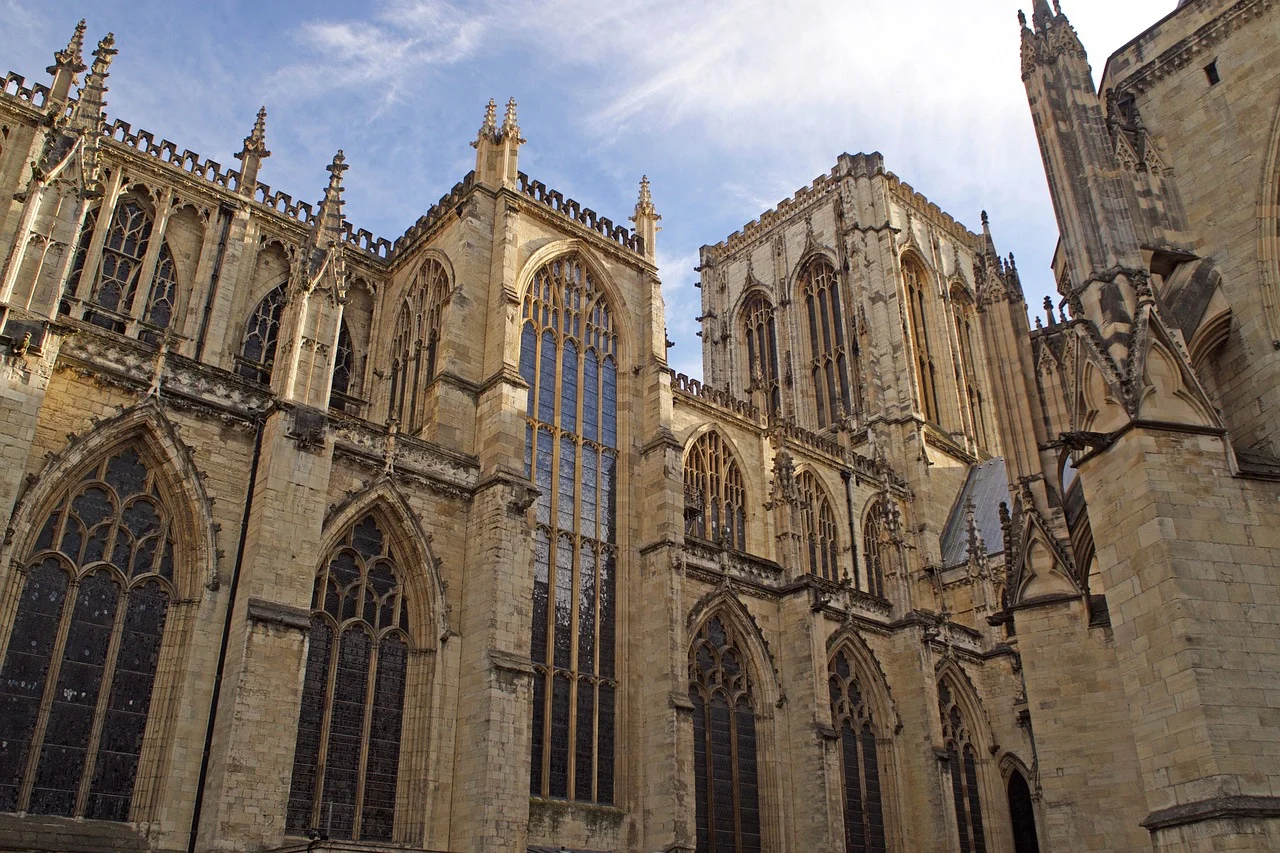
9. The medieval Great East Window is the largest in England
The Great East Window is one of the most magnificent stained-glass windows in England and was part of a thorough restoration project which lasted a decade. All 311 glass panels of this window were removed and restored during this project.
This amazing window stands 23 meters tall (77 feet) and is 9.8 meters (32 feet) wide. This makes it one of the largest medieval stained-glass windows in England!
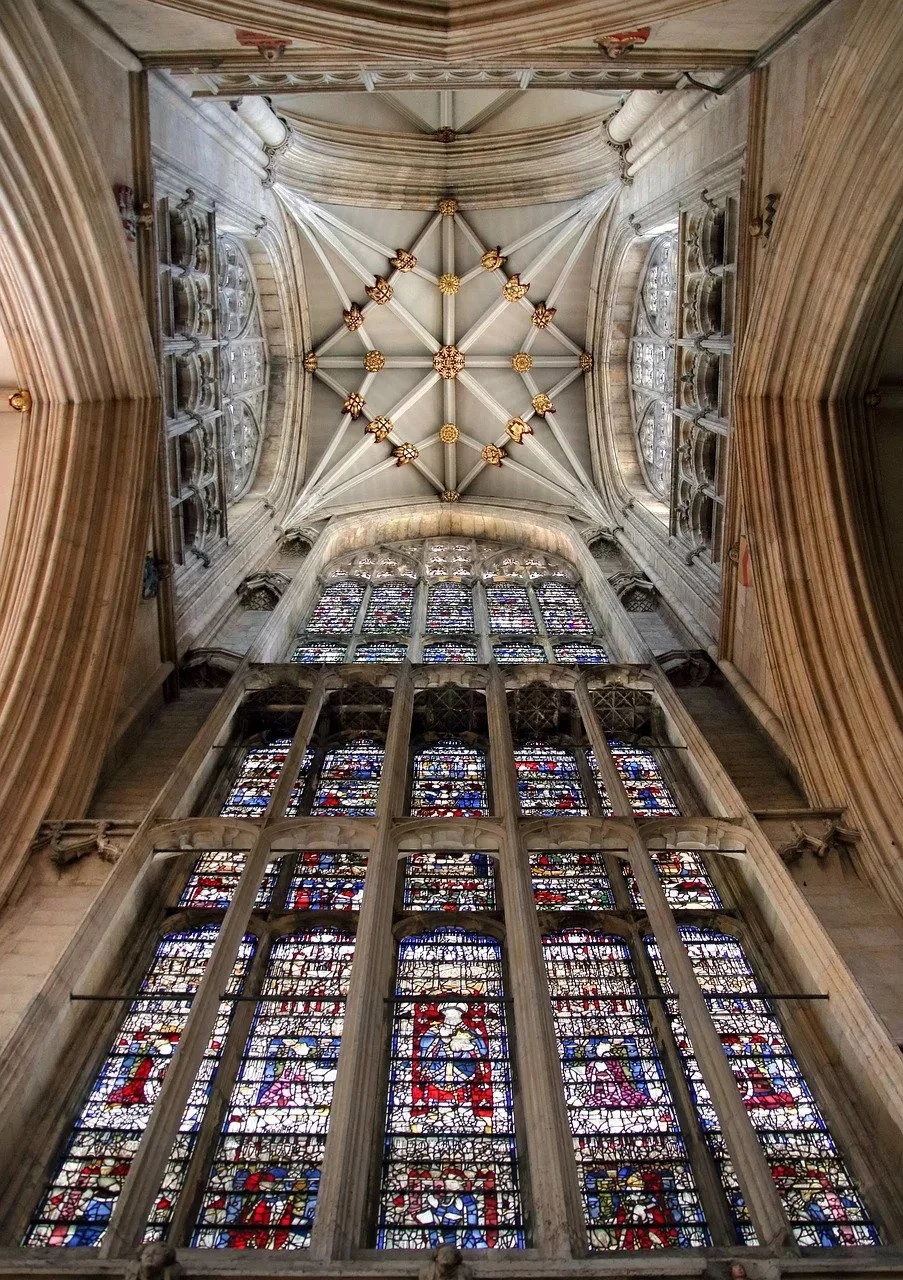
10. An amazing feature of the church features 15 Kings of England
Directly below the central tower of the cathedral, we can find one of the most fascinating features, a choir screen that separates the choir from the crossing and nave.
This 15th-century screen is referred to as the “King’s Screen” because it features 15 statues of Kings of England set against a red background, starting with William the Conqueror all the way to Henry VI.
Just above this screen, we can the organ of the cathedral which was installed in 1832 because the original was destroyed by the fire in 1829.

11. The bells fell silent in 2016 after 600 years of non-stop ringing
Both the west towers hold several bells, clock chimes, and a concert carillon. These include:
- Northwest tower: “Great Peter” which weighs 10.8 tonnes and 6 clock bells which each weigh 3 tonnes.
- Southwest tower: 14 bells which weigh 3 tonnes each and 22 carillon bells which weigh 1.2 tonnes each.
One of the most remarkable facts about York Minster is that these bells went silent after the sacking of the 30 campanologists, who were in charge of the ringing, in October of 2016. This included the Christmas period, the first time in 600 years the bells didn’t ring this time of the year!
After a petition was signed by 17,000 people, new talented bell ringers were hired and they resumed ringing less than a year later.
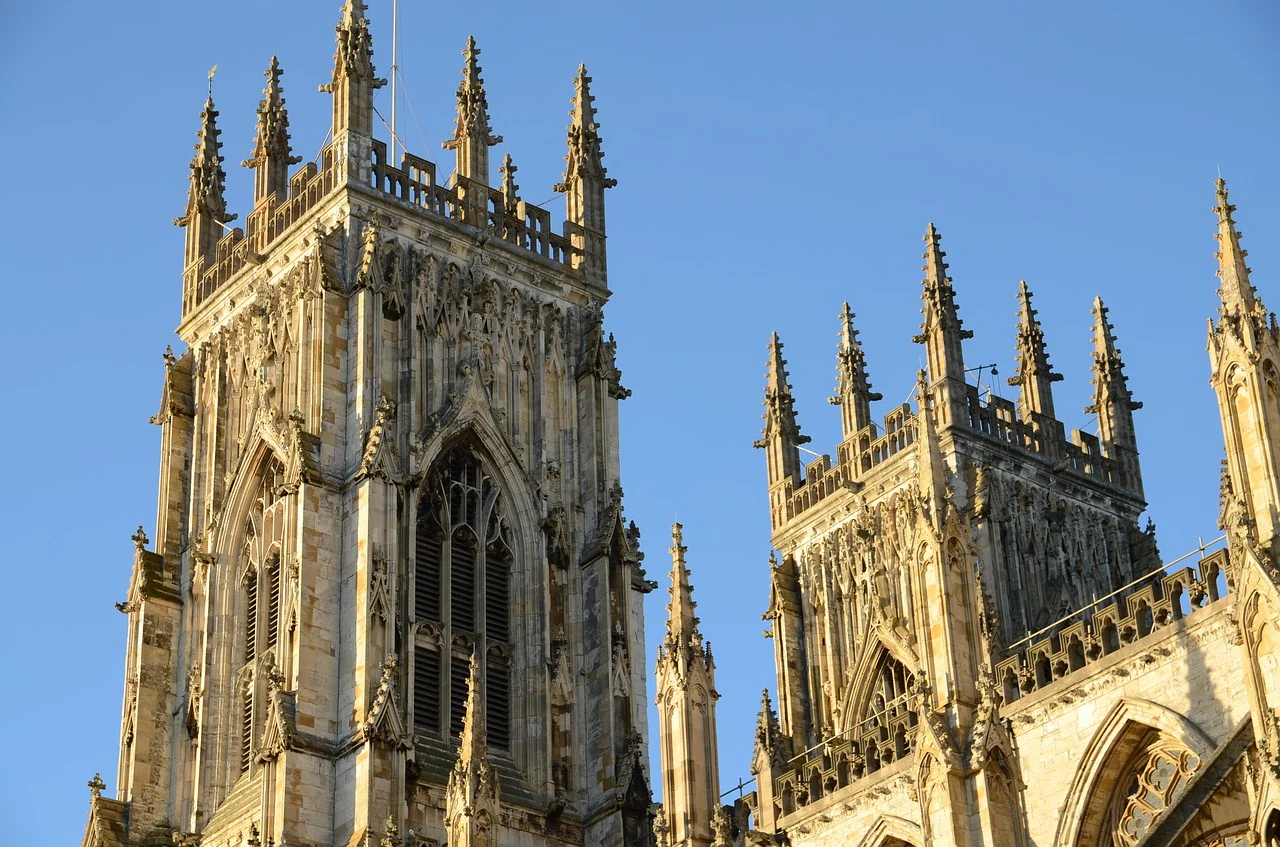
12. York Minster looks magnificent when it’s illuminated
York Minster was illuminated for the first time in its history in 2002, an event that made it to live television. This was repeated in 2005 to commemorate the 400th anniversary of the failed gunpowder plot, devised by a man who was born in York named Guy Fawkes.
The cathedral looks absolutely amazing during these illumination events, so we can only hope that more will follow in the future!
